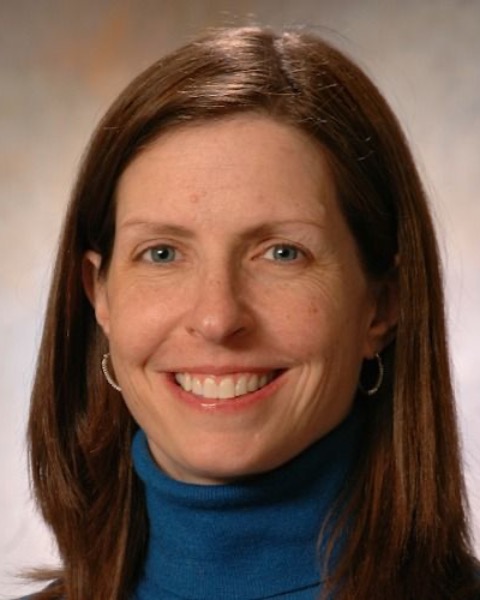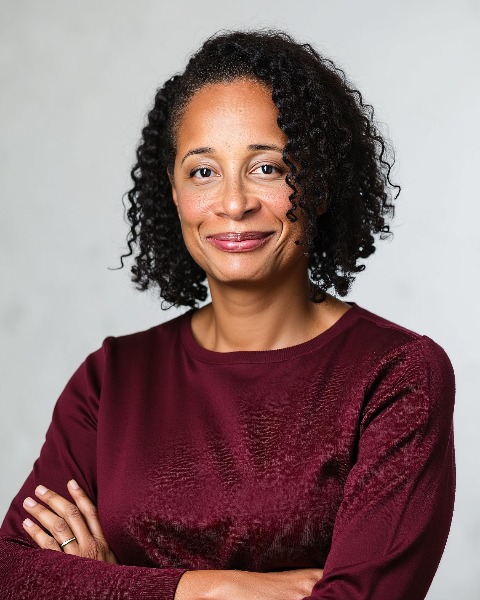Adolescent Medicine
Advocacy
Allergy, Immunology and Rheumatology
Asthma
Basic Science
Cardiology
Career Development
Child Abuse & Neglect
Critical Care
Developmental and Behavioral Pediatrics
Developmental Biology
Diversity, Equity, and Inclusion
Emergency Medicine
Endocrinology
Gastroenterology/Hepatology
Hematology/Oncology
Hospital Medicine
Infectious Diseases
Medical Education
Mental Health
Neonatology
Nephrology
Neurology
Public Health
Wellness and Well-being
Trainee
Pediatric Subspecialty Workforce 2024: State, Needs, Barriers, and Solutions
Co-sponsored By: Neonatal, Sedation, Pediatric Emergency Medicine, Adolescent Medicine, PIDS
-
CD
Christiane Dammann, MD (she/her/hers)
Professor of Pediatrics
Tufts Medical Center, Boston Children's Hospital
Boston, Massachusetts, United States -

Barrett Fromme, MD, MHPE (she/her/hers)
Professor of Pediatrics
University of Chicago Division of the Biological Sciences The Pritzker School of Medicine
Chicago, Illinois, United States -

Maria Trent, MD, MPH (she/her/hers)
Professor of Pediatrics
Pediatrics
Johns Hopkins University School of Medicine
Batlimore, Maryland, United States -
.jpg)
Satyan Lakshminrusimha, MD (he/him/his)
Professor and Chair
UC Davis
Sacramento, California, United States
Chair(s)
Session
Description: Understanding the changing composition of the pediatric workforce is important for preparing for the growing demands of our pediatric population. Multiple factors impact the vitality of our workforce: First, inequity in physician salaries for adult vs pediatric care leading to prolonged student debts and lower lifetime earnings. Second, the pediatrics workforce is predominated by women, who face inequity in all areas of their career. Third, intersectionality prevents the needed diversity in the pediatric workforce. The National Academies of Sciences, Engineering and Medicine announced the forming of an ad hoc committee to examine pediatric subspecialty workforce trends related to health care needs of infants, children, and adolescents, and impact of those trends on child health and well-being.
Leaders of AAP, NMA, AMSPDC, ABP, NICHD, SPR, and APS will discuss:
1. Workforce vitality: How can the vitality of our workforce collaboratively be promoted. Who does need to sit at the table. Do we need state and federal policies to develop and support the pediatric workforce?
2. Gender/intersectionality: How can diversity of the pediatric population and geographic needs be mirrored by pediatric subspecialists and how can we promote women and minorities into pediatric leadership?
3. Work environment: How can we create a safe work environment, which is inclusive and healthy, that provids working parents with childcare, PFML, and part time work options?
4. Financing: How can we finance providing salaries to cover the debt burden (cost of training) and increase lifetime earning potential, which would increase the attrition of trainees into pediatric subspecialties?
Learning Objectives:
- Appreciate the impact of inequality of physician salary, of gender, and intersectionality have on the sustainability and vitality of the pediatric subspecialty workforce
- Describe the current challenges and barriers facing this workforce
- Identify 1-2 things they can do to enhance the pediatric workforce
Presentations:
-
2:00 PM - 2:10 PM ETIntroduction
Speaker: Christiane EL Dammann, MD (she/her/hers) – Tufts Medical Center, Boston Children's Hospital
-
2:10 PM - 2:20 PM ETThe Pediatric Subspecialty Workforce 2024-Perspective of the AAP
Speaker: Benjamin Hoffman, MD (he/him/his) – Oregon Health and Science University
-
2:20 PM - 2:30 PM ETThe Pediatric Subspecialty Workforce 2024-Perspective of the NMA
Speaker: William C. Golden, MD (he/him/his) – Johns Hopkins University School of Medicine
-
2:30 PM - 2:40 PM ETThe Pediatric Subspecialty Workforce 2024-Perspective of AMSPDC
Speaker: Joseph W. St. Geme, III, MD (he/him/his) – Childrens Hospital of Philadelphia
-
2:40 PM - 2:50 PM ETThe Pediatric Subspecialty Workforce 2024-Perspective of the ABP
Speaker: Laurel K. Leslie, MD, MPH (she/her/hers) – American Board of Pediatrics
-
2:50 PM - 3:00 PM ETThe Pediatric Subspecialty Workforce 2024-Perspective of the NICHD
Speaker: Karen Winer, MD (she/her/hers) – National Institutes of Health
-
3:00 PM - 3:10 PM ETThe Pediatric Subspecialty Workforce 2024-Perspective of the SPR
Speaker: Cristina M. Alvira, MD (she/her/hers) – Stanford University School of Medicine
-
3:10 PM - 3:20 PM ETThe Pediatric Subspecialty Workforce 2024-Perspective of the APS
Speaker: Catherine M. Gordon, MD, MS (she/her/hers) – Bethesda, MD
